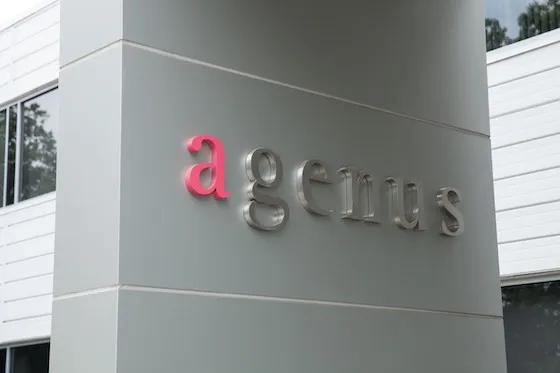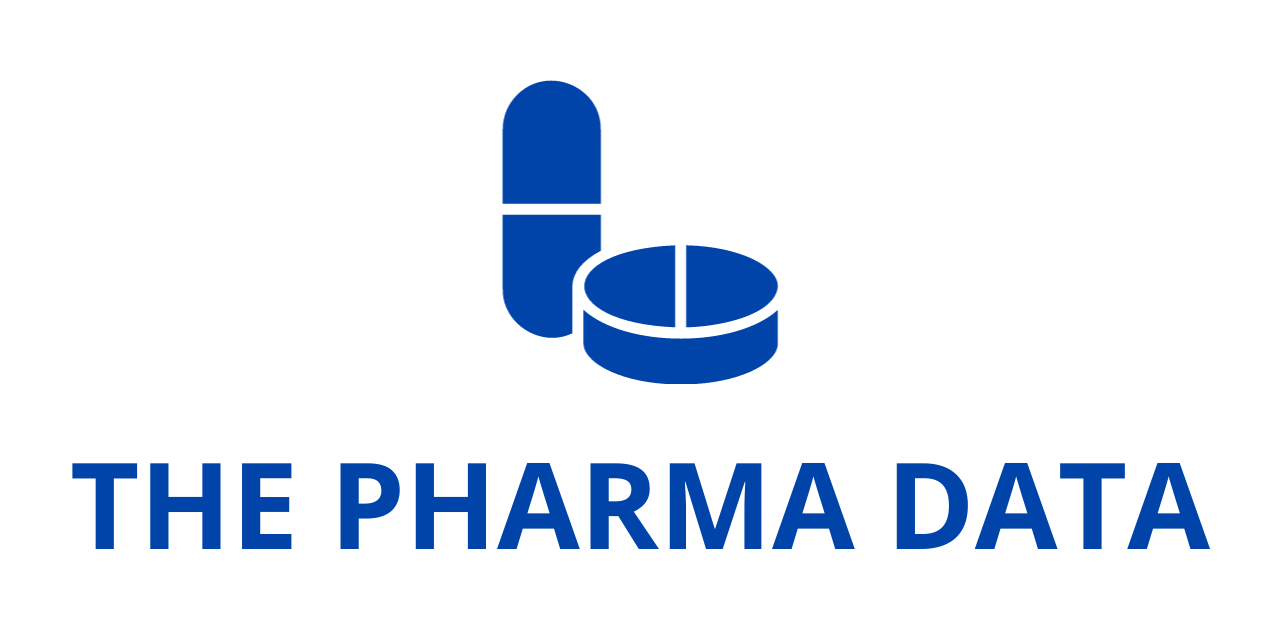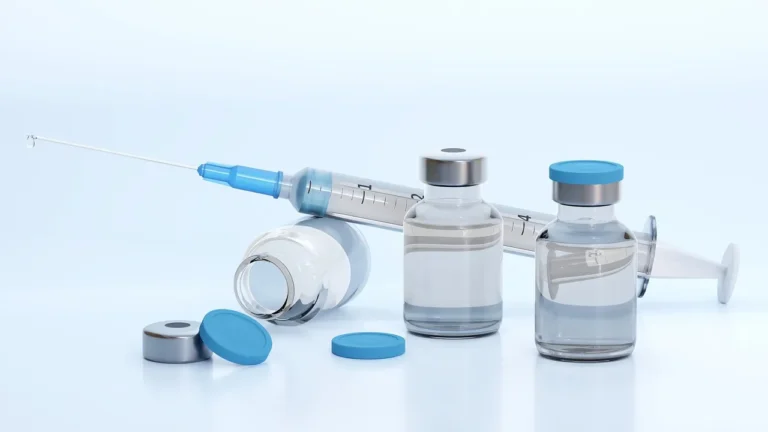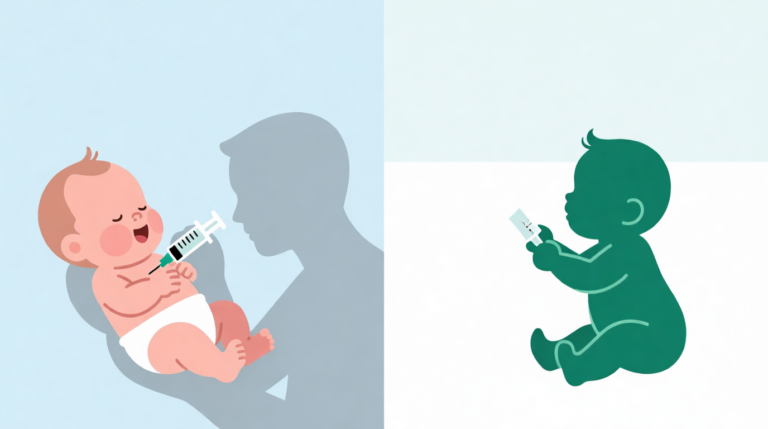
Agenus Reports Durable Two-Year Survival with BOT/BAL Combination Across Refractory Solid Tumors at ESMO 2025
Agenus Inc. (Nasdaq: AGEN), a biotechnology company recognized for its pioneering work in immuno-oncology, unveiled highly encouraging new clinical data from its novel combination therapy of botensilimab (BOT) and balstilimab (BAL) at the European Society for Medical Oncology (ESMO) Congress 2025 in Berlin, Germany. The results, presented during an oral session by Dr. Michael S. Gordon of the HonorHealth Research Institute, underscore the potential of this combination to offer long-term survival benefits across a range of refractory solid tumors—diseases that have historically been resistant to existing immunotherapies.
Breakthrough Findings in Refractory Solid Tumors
The presentation highlighted new data from an expanded cohort of 411 patients (of which 339 were evaluable for efficacy) enrolled in the Phase 1b C-800-01 study. This study investigates the combination of BOT, a multifunctional and Fc-enhanced CTLA-4 antibody, and BAL, a PD-1 inhibitor, in patients with advanced cancers who have exhausted standard therapies.
Dr. Gordon emphasized the significance of the findings:
With longer follow-up, we’re finding that approximately 40% of patients with very limited survival expectations are alive at two years,” he noted. “These results involve patients whose cancers have historically been resistant to immunotherapy or have progressed after prior treatments. The data support moving forward with randomized trials, like our Phase 3 BATTMAN trial, to establish a potential new immunotherapy standard for patients who currently have none.”
Key Clinical Highlights from the Oral Presentation (Abstract #1517MO)
- Patient Population: 411 total patients (339 evaluable), all with late-stage, refractory solid tumors across more than five cancer types.
- Prior Treatment: 61% of patients had received three or more prior lines of therapy, underscoring the heavily pretreated nature of the study population.
- Objective Response Rate (ORR): 17% across both BOT dose levels (1 mg/kg and 2 mg/kg).
- Durable Survival Benefit:
- Two-year overall survival (OS): 39%
- Median OS (mOS): 17.2 months, a striking outcome given the refractory nature of the diseases treated.
- Safety Profile: The BOT/BAL combination demonstrated favorable tolerability with most immune-related adverse events being reversible and primarily gastrointestinal in nature. Importantly, no treatment-related deaths occurred.
- Immune Activation: Biomarker analyses revealed that enhanced immune activation correlated with improved survival outcomes, further supporting the biological mechanism driving BOT/BAL’s efficacy.
Notably, these findings build upon previously reported data in microsatellite stable metastatic colorectal cancer (MSS mCRC), where the combination achieved a two-year OS of 42% and a median OS of 20.9 months in patients without liver metastases. This consistency across different tumor types reinforces the emerging notion that the BOT/BAL mechanism of action may be tumor-type agnostic, representing a significant advancement in the field of immuno-oncology.
A Potentially Transformative Immunotherapy Mechanism

The BOT/BAL combination represents a next-generation approach to immune checkpoint inhibition. Botensilimab has been engineered to enhance immune activation through Fc-receptor modification, augmenting T-cell priming and effector function while reducing regulatory T-cell suppression. When paired with balstilimab, which blocks the PD-1 pathway to sustain immune response, the result is a synergistic and durable activation of the immune system against tumors that were previously unresponsive to therapy.
According to Dr. Steven J. O’Day, Chief Medical Officer at Agenus:
BOT/BAL’s immune activation profile is truly differentiated. We are seeing consistent evidence that this combination can convert ‘cold,’ immunotherapy-resistant tumors into responsive ones. This is not only in late-line refractory cases but potentially in earlier lines of therapy where immunotherapy may deliver even greater benefit.”
The durability of response and the observed survival plateau at two years suggest that the BOT/BAL combination may help reset the immune microenvironment, enabling long-term disease control even in patients with advanced-stage cancers and poor prognoses.
Regulatory Momentum: Early Access in France
Adding to the growing clinical validation, France’s National Authority for Health (HAS) recently granted Compassionate Access (AAC) authorization for BOT in combination with BAL. This designation allows government-funded, early access for patients with refractory microsatellite-stable metastatic colorectal cancer (MSS mCRC) who have no remaining treatment options.
This authorization marks the first government-supported access pathway for BOT/BAL in France, signaling strong confidence in the therapy’s clinical potential and a recognition of the urgent unmet need in this patient population.
Platform Potential Across Tumor Types
Beyond the main Phase 1b dataset, Agenus is showcasing the versatility of the BOT/BAL platform through several complementary studies presented at ESMO 2025. These additional presentations highlight the combination’s potential across a diverse range of hard-to-treat cancers:
- Cervical Cancer: Global Phase 2 RaPiDs trial results (Abstract #2952) exploring BOT/BAL’s efficacy in advanced cervical cancer, a disease with limited immunotherapy responsiveness.
- Microsatellite-Stable Metastatic Colorectal Cancer (MSS mCRC): Phase 1 trial combining BOT/BAL with regorafenib (Abstract #6197), assessing whether targeted and immune therapies can work synergistically in heavily pretreated patients.
- Non-Melanoma Skin Cancer: Data from the AGENONMELA study (Abstract #7273) exploring BOT/BAL’s performance in cutaneous malignancies where checkpoint blockade has shown limited benefit.
Together, these studies underscore Agenus’ broad immuno-oncology strategy, aimed at expanding the reach of next-generation immune therapies into indications that have traditionally been refractory to checkpoint inhibitors.
Advancing Toward Phase 3 Trials
Agenus has initiated the Phase 3 BATTMAN trial, which is designed to evaluate BOT/BAL in a randomized setting and establish its efficacy and safety as a potential new immunotherapy option for patients with limited or no available treatments. The trial builds upon the robust data emerging from earlier studies, including the durable survival and immune activation findings highlighted at ESMO 2025.
The company’s leadership believes that the insights gained from the BOT/BAL program could pave the way for a new era of combination immunotherapies, capable of extending the benefits of immune checkpoint blockade to a much broader patient population.
Redefining the Future of Immuno-Oncology
The results unveiled at ESMO 2025 represent more than just incremental progress—they point toward a potential paradigm shift in the treatment of refractory cancers. BOT/BAL’s durable efficacy, favorable safety profile, and broad tumor activity could redefine expectations for patients who were once considered untreatable.
By integrating next-generation antibody engineering with rational checkpoint pairing, Agenus is positioning itself at the forefront of immune-oncology innovation. Its goal is not only to develop therapies that deliver survival Agenus benefits but also to fundamentally reshape how the immune system is leveraged against cancer.
The two-year survival data presented by Agenus at ESMO 2025 offers a compelling glimpse into the transformative potential of its BOT/BAL combination therapy. With nearly 40% of late-stage, refractory cancer patients alive at two Agenus years, the therapy demonstrates meaningful and durable clinical benefit in settings where few, if any, effective treatments exist.
As randomized Phase 3 trials advance and regulatory pathways open in Europe and beyond, Agenus’ novel immunotherapy approach may soon provide new Agenus hope for thousands of patients facing the most treatment-resistant forms of cancer—ushering in a tumor-agnostic immunotherapy era driven by deep scientific innovation and patient-centered vision.





